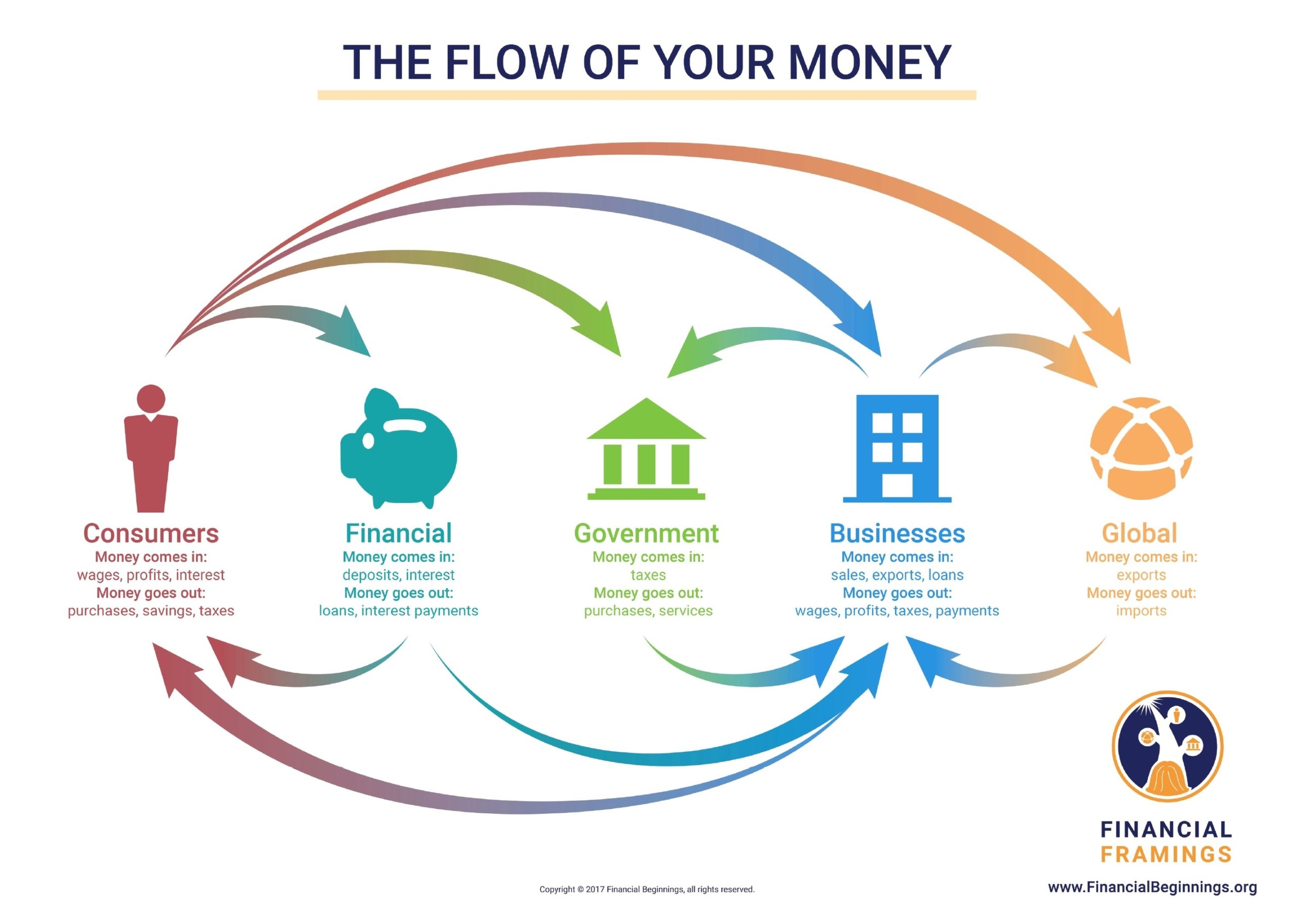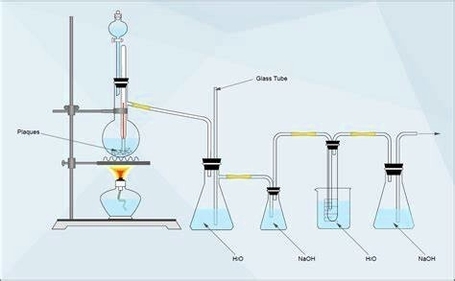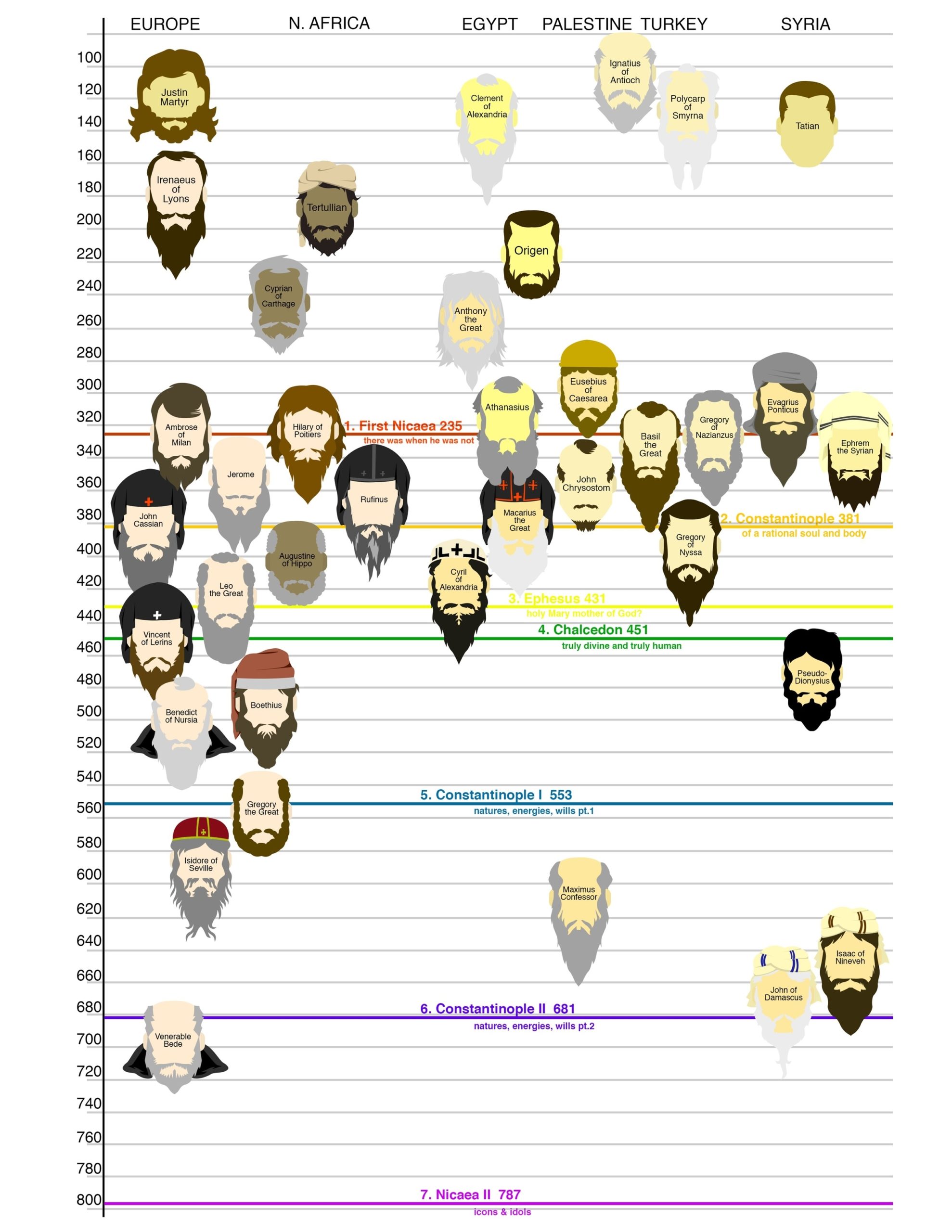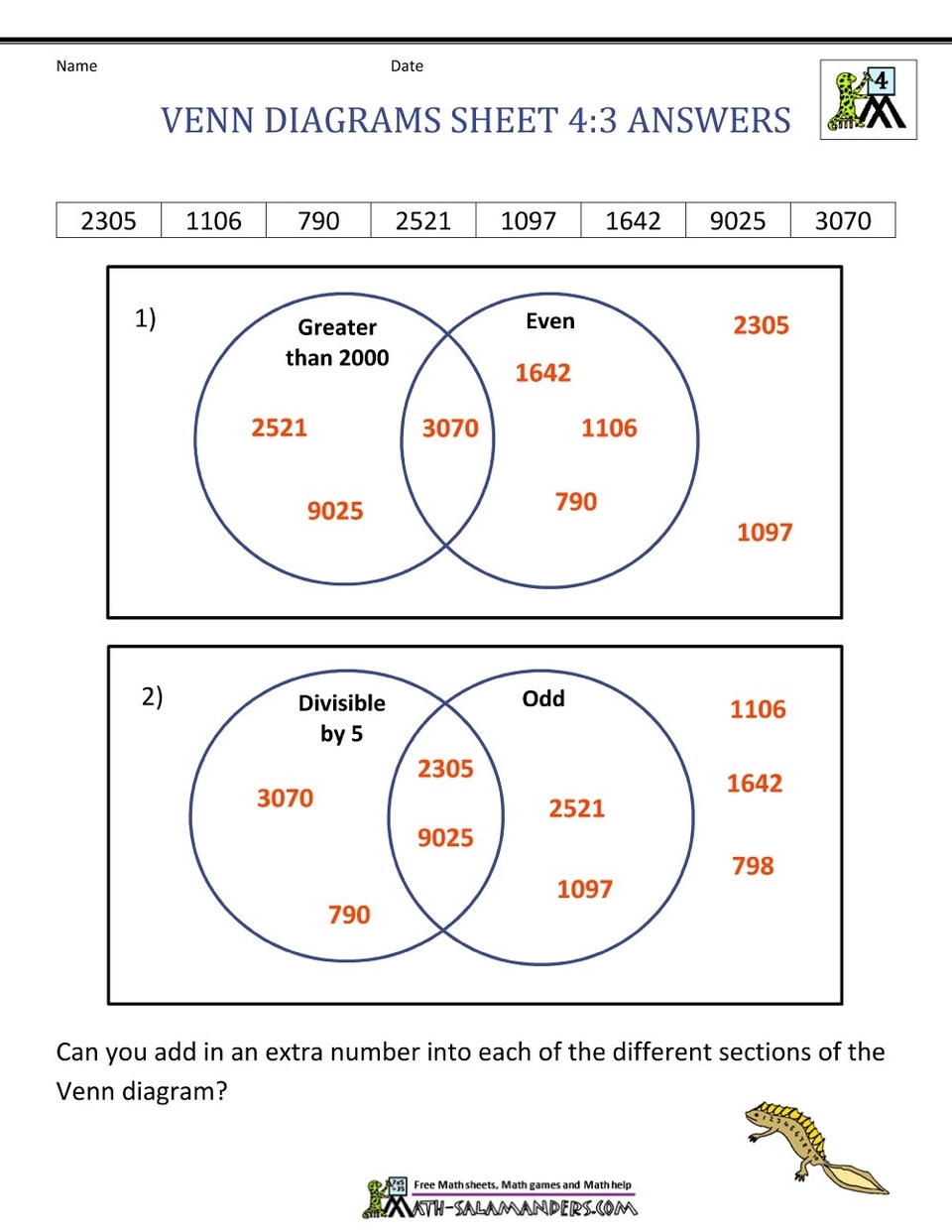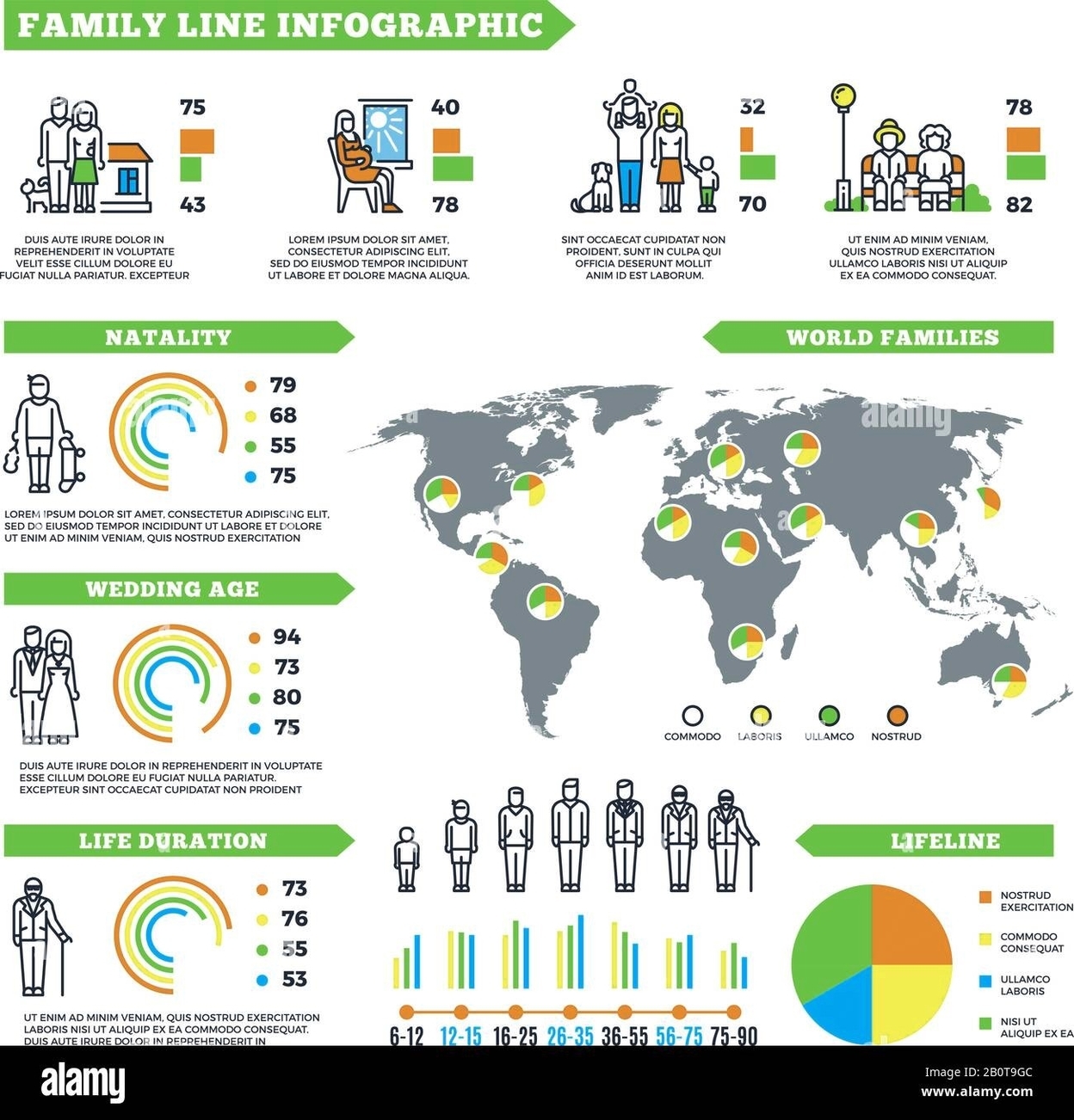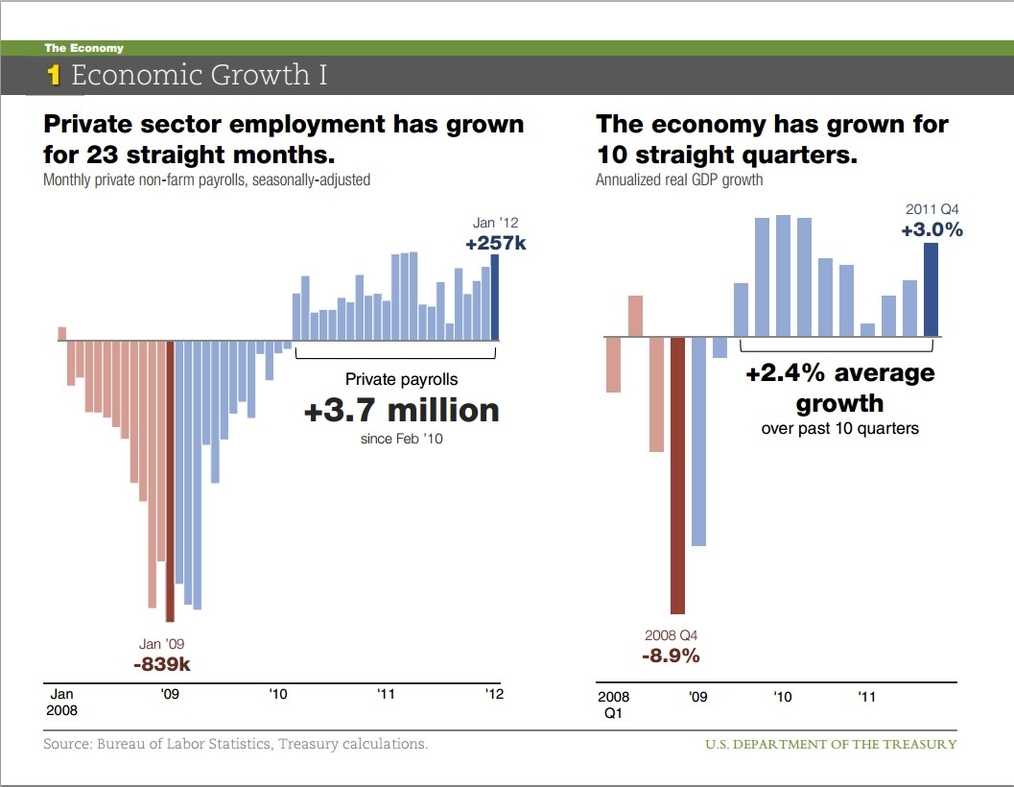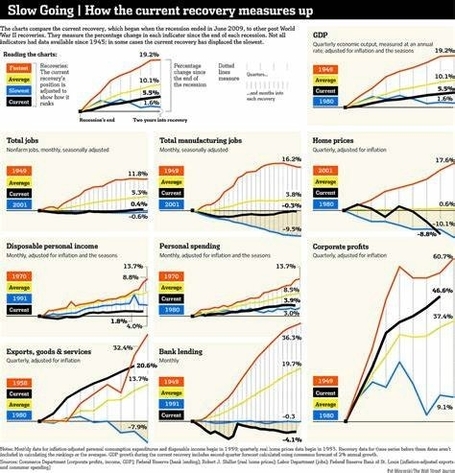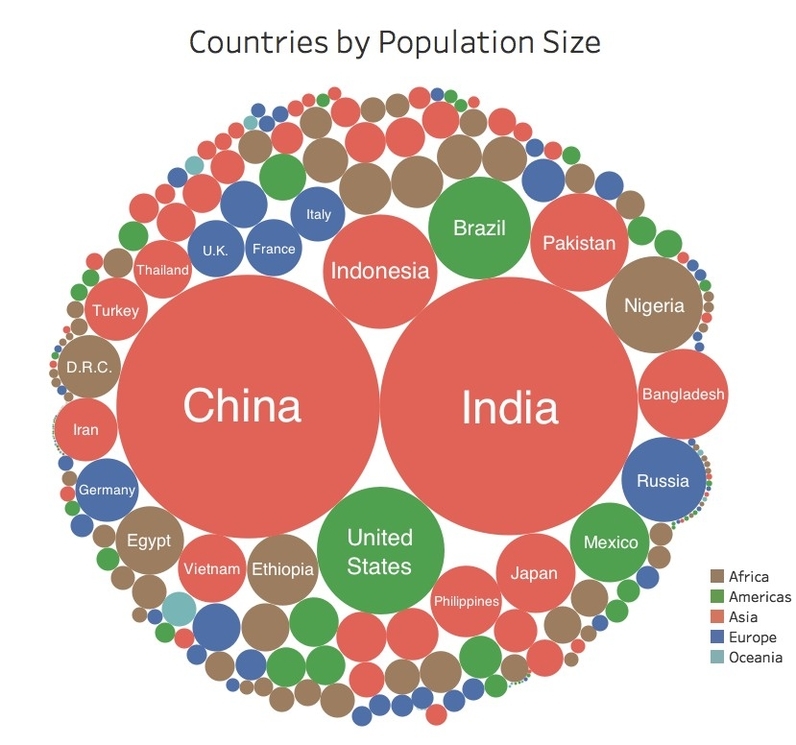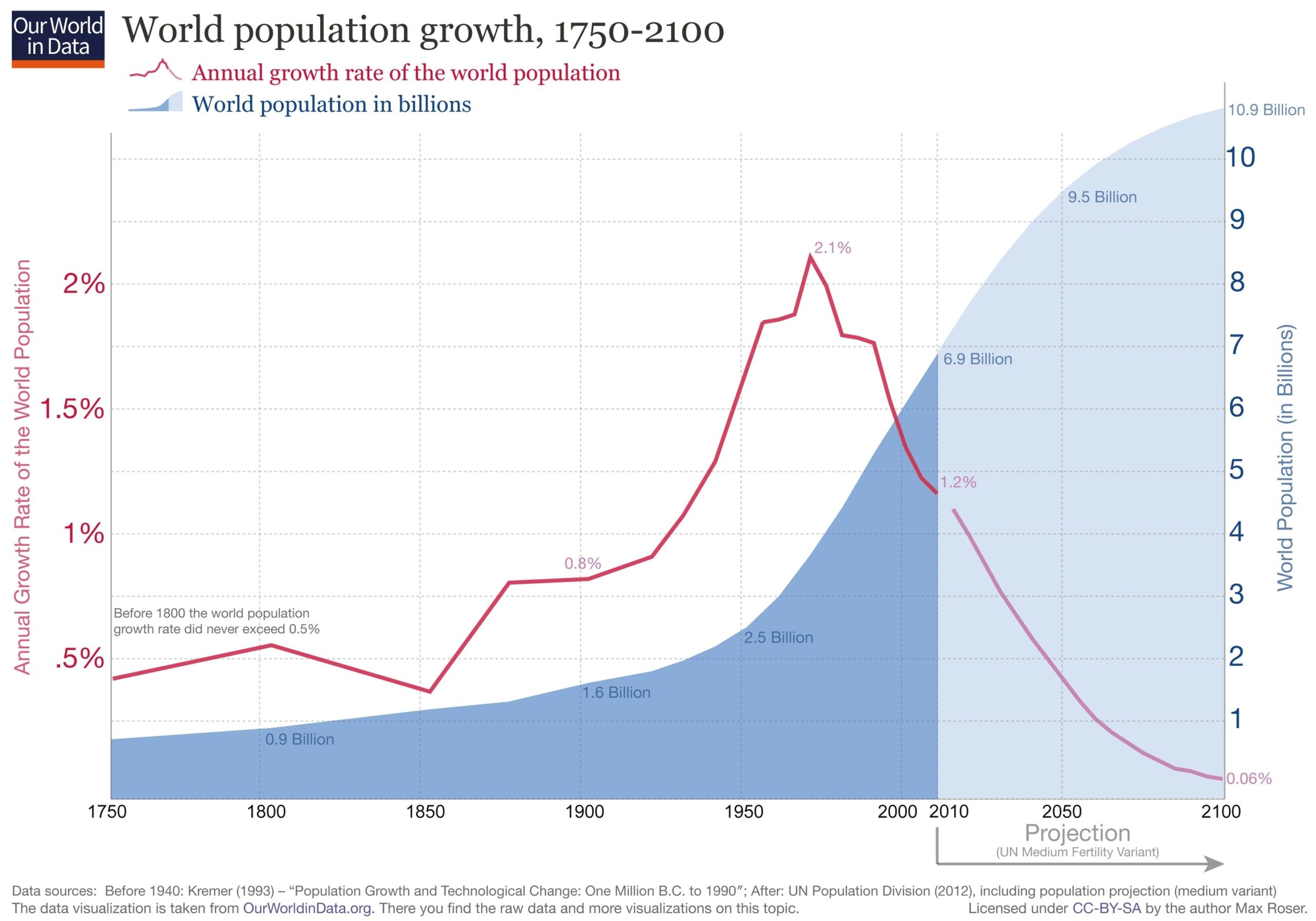The circular flow of money is an economic model that shows how money, goods, and services move between different sectors in an economy. It also helps to measure the national income or GDP of a country. Here is a brief essay on the circular flow of money in about 1000 words:
The circular flow of money is based on the idea that money flows in cycles between different agents in an economy, such as households, businesses, government, foreign sector, and financial sector. These agents interact in two types of markets: the product market and the factor market. The product market is where goods and services are bought and sold, and the factor market is where resources for production, such as labor, capital, land, and entrepreneurship, are hired and paid.
The simplest version of the circular flow model is the two-sector model, which only includes households and businesses. In this model, households provide labor and other factors of production to businesses in exchange for income, such as wages, rent, interest, and profit. This income is then spent by households on goods and services produced by businesses. Thus, money flows from households to businesses as consumer spending, and from businesses to households as factor payments. The total value of goods and services produced by businesses equals the total income received by households, which is also the total expenditure by households. This is the basic identity of GDP: GDP = C + I, where C is consumption and I is investment.
However, the two-sector model is too simplistic to capture the reality of a modern economy. Therefore, more sectors are added to the model to make it more realistic and comprehensive. The three-sector model introduces the government sector, which collects taxes from households and businesses, and spends money on public goods and services, such as roads, schools, health care, and defense. The government sector can affect the circular flow of money by creating a budget surplus or deficit. A budget surplus occurs when the government collects more taxes than it spends, and a budget deficit occurs when the government spends more than it collects. A budget
